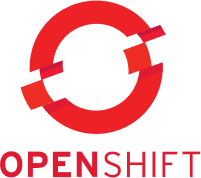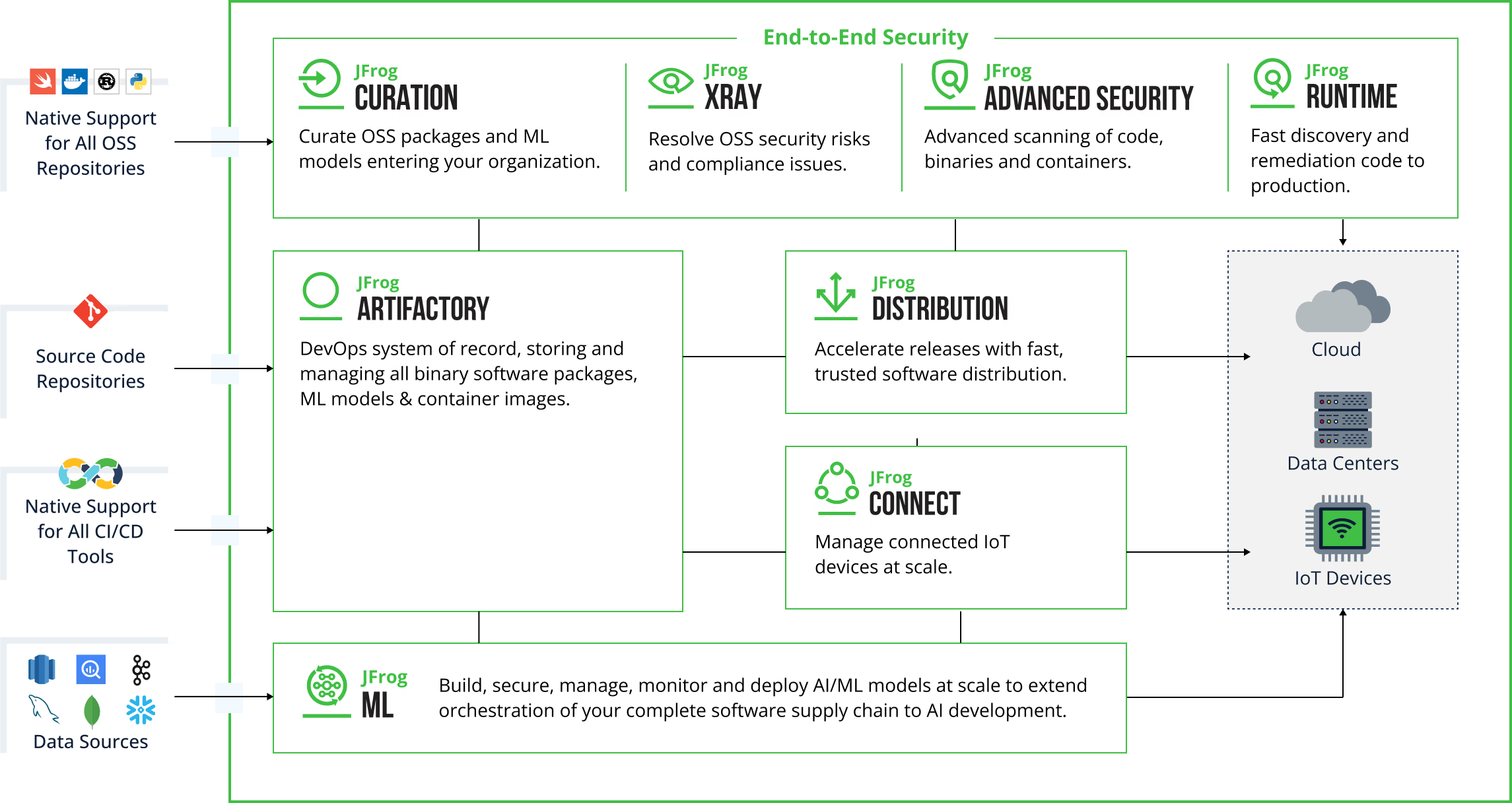helping to deliver secure software updates from code to the edge.
You have been redirected to the JFrog website

platform for container orchestration, enables organizations to deploy, manage, and scale applications easily. Read Less >

Yes, the integration between JFrog and OpenShift facilitates the automation of CI/CD pipelines. By using JFrog’s tools, such as JFrog Pipelines or integration with CI/CD servers like Jenkins, teams can automatically build container images, push them to Artifactory, and trigger deployments in OpenShift. This ensures a seamless workflow from code commit to deployment in a containerized environment.
Using JFrog Artifactory as a proxy for remote container registries in OpenShift offers several benefits, including faster and more reliable builds. Artifactory caches images from remote registries, reducing the need for external calls during builds and improving build times. It also provides a centralized management solution for all container images, allowing teams to enforce versioning, access control, and security scanning. Additionally, this setup ensures that teams can maintain a consistent and controlled environment by managing all dependencies and artifacts in one place.
JFrog Xray enhances security in OpenShift deployments by scanning container images and their dependencies for known vulnerabilities and license compliance issues. When integrated with OpenShift, Xray automatically analyzes images stored in JFrog Artifactory. This proactive approach allows teams to identify and mitigate potential security risks before deploying applications to production environments.
Yes, JFrog Artifactory can manage Helm charts used in OpenShift deployments. By storing Helm charts in Artifactory, teams benefit from version control and easy distribution of application packages. OpenShift can pull these Helm charts directly from Artifactory during deployments, ensuring that the correct versions are used and simplifying the management of Kubernetes applications.